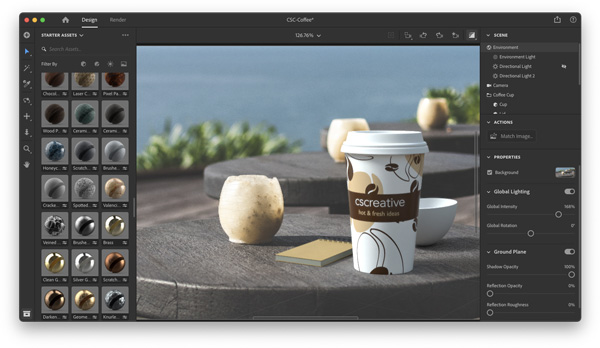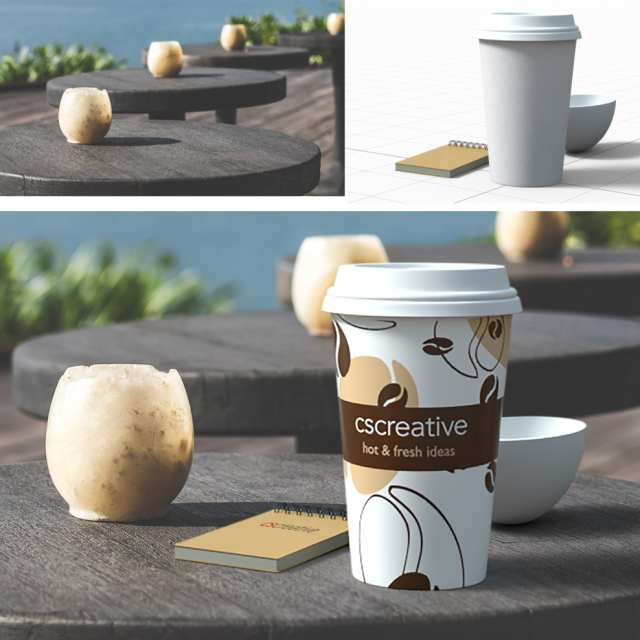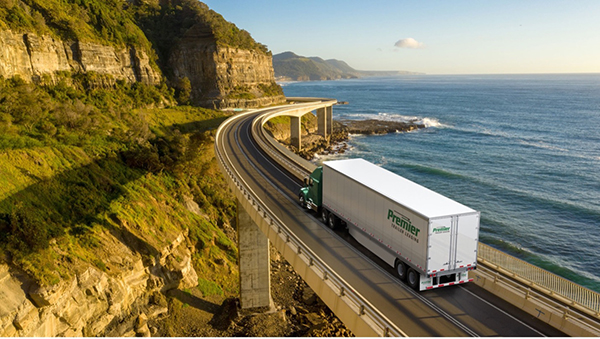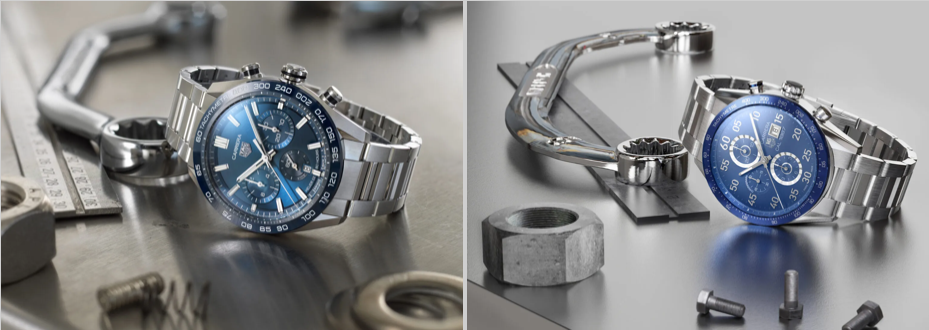Have you ever wanted a photo shot a certain way – but the photoshoot costs were a budget breaker? We have found that for more and more of our clients, CGI is the answer. Yes, most of us are aware that CGI is widespread in entertainment. Movie studios use CGI for virtually all their big budget special video effects. But CGI can be used for still images as well as video. And the costs to create CGI imagery have decreased as 3D computer graphics tools have become more readily available – making it a more cost-effective alternative to conventional photography in some cases.
1. So, what is CGI?
Simply put, CGI (computer generated imagery) is when all or part of a still image or video has been created using 3D modeling and computer rendering instead of being shot in real life with an actual camera. The computer-generated parts of the image can have photorealistic quality, rendering it indistinguishable from conventional photography and videography. For instance, can you tell which parts of the image below are real and which are CGI? (Keep scrolling to see the answer.)

2. Why use CGI instead of “real” photography?
There are many reasons you might discover CGI is the right way to go:
- Maybe your shot list requires so many distant locations that the logistics and travel fees would be unfeasible. Need shots in London, Tokyo or someplace remote like a mountain top? Imagine the expense of sending your crew and merchandise to that many locations.
- Or you get there and it’s the wrong season for exterior shots, or just happens to be raining the entire week of your scheduled shoot.
- Let’s say you’re shooting indoors, but the shot requires building an expensive set or renting a large studio.
- What if the product or packaging you need to shoot isn’t finished yet? Or you have hundreds of variations of individual items that would require weeks to shoot.
- Or maybe the desired imagery doesn’t exist in reality at all. For instance, you want to show the skeletal structure of a person while they’re in motion.
In any of these circumstances, CGI might be faster, easier and more affordable than conventional photography or videography.
3. Who is using CGI? And for what?
CGI may be more widespread than you think. For instance, virtually all new car advertising is CGI because photographing a car isn’t easy. A car is very reflective – so having pristine reflections and lighting is difficult, even in a controlled setting like a large studio. Plus, the images are often needed before the vehicle has been produced. CGI gives total control over these variables.
Product photography for ecommerce is another area that is rife with CGI. Manufacturers often have a CAD file of their products anyway – this file can be shared with a 3D artist to create a model that can be rendered with countless variations of colors, styles, fabrics, etc. As an example, IKEA has been using CGI for over 75% of their product photography since 2014. Why build an entire kitchen on a set and ship your heavy furniture to a studio when it can all be generated in a computer?

Product packaging is also a great application for CGI – like this orange juice example from Adobe. Agencies used to spend a great deal of time and money creating “dummies” of new product packaging for client approval, and oftentimes for use in actual photos as well. Now, not only can a package be computer generated in endless sizes, shapes, colors and graphics – but the end result can be generated as a photorealistic image ready for placement on a website or catalog.
4. What goes into a CGI image?

All CGI images have the following basic elements:
- A 3D model of the object. This is a wireframe defining the shape of the object that can be imported into computer graphics software “environment” to create the image.
- Materials and graphics. These are applied to the model to give it its surface appearance. For instance, there are materials for leather, plastic, glass, chrome, dirt – virtually anything you can imagine. And then you can apply your graphics as well, like this coffee cup example we created.
- Lights and camera. These are part of the software, and don’t exist in the actual environment – you only see the results of them. The lights light up the scene and the camera captures it. You never have to worry about the camera man appearing in the reflections on your subject.
- And sometimes: real photos or videos. Quite often CGI imagery is a hybrid of real photos and CGI. For instance, we placed this semi-truck on a beautiful photo of a road without ever having to send a crew, wait for the right season or right time of day, get permission/permits from the property owners or transport the semi and trailer across the country.

There are also images called HDRI Domes like these from CGI Backgrounds. Domes are usually real photos shot with a special camera system to provide a 360-degree image of the environment. This image is imported into the CGI software and “wraps” around your scene so that when you place your 3D object in the middle, any reflections that you see on it are a true representation of what you would have gotten had the object actually been shot in the location. Domes also enable the creation of fly-around videos, where the camera revolves around your subject while revealing a realistic view of the surrounding environment.
5. Just how realistic can a CGI image be?
It can be indistinguishable from real life. Check out this comparison below. One is a real photo and the other is CGI. Can you tell which is which? We’re not going to tell you! But if you want to find out, you can take the test on a series of image comparisons over at DIY Photography.

6. Will CGI make conventional photography obsolete?
No – at least not any time soon. There are still many circumstances where conventional photography is more desirable. For instance, if you’re renting your home on Airbnb, imagine if the renters found out you used CGI instead of real photos? Plus, many things are simply more affordable to shoot in real life.
Another issue is that organic objects are still somewhat harder to model realistically in CGI – especially people. However, the technology is swiftly improving in this arena. Check out Ikea’s virtual model, Imma – she looks pretty realistic to me.
And as I mentioned before, actual photography is often combined with CGI. So, photographers still have plenty of opportunities available to them.
7. How do I get started with a CGI project?
You’ll need a really great partner – like CS Creative! We can help you explore if CGI is right for the type of imagery you need to create. Then we’ll help source or create the models and environments to include in the shot. And finally, produce and render your perfect image. Give us a call at 214-905-8008 or email us to get started.

